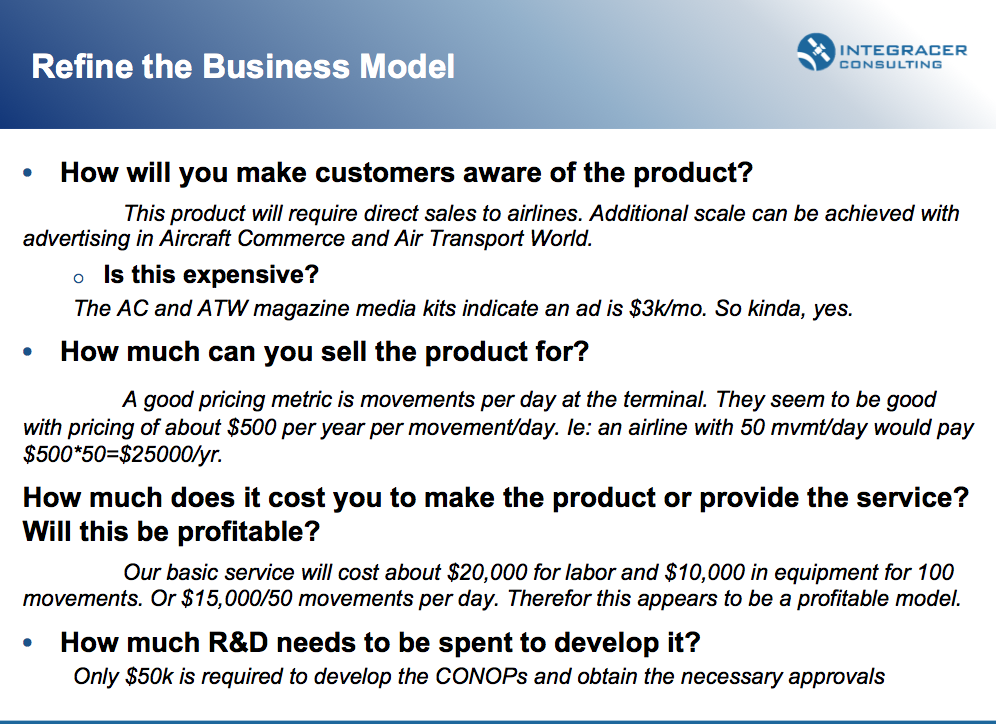
( Not a real ad )
You are now well on your way to product/market fit and have an initial elevator pitch in hand to bring to investors. The first thing they are going to ask you about is how you plan to make money. You should have some ideas on what the business model should look like but now it is time to refine that.
A note on business plans: A typical business plan is 30-90 pages long and covers every aspect of the business in detail. It is an exercise in multidisciplinary thinking as well as exploring contingencies and options. In my opinion, it is critical in bringing a team together to exploiting an opportunity. It is a living document that is revised and adapted as the business progresses. Most likely, no one outside your management team will read it but working together on it will ensure cohesion on the team. The act of producing the business plan document will be your best preparation for an investor Q&A. You want to come across as having thought logically about all your plans, contingencies, options, and strategies.
I could write a book about business plans but that is beyond the scope of this blog. Instead we are going to just scratch the surface of business models: executing a venture to deliver your value proposition to your customers.
Think about:
- How will you tell customers about your product
- Pricing your product
- How is your solution or product delivered and experienced
- Who sells your product, are logistics required, who supports it
- Costs to develop and to deliver your product
Think about and answer the following questions:
You should start to put together a spread sheet model of how the product is brought to the customer and how you are paid for it. Start estimating advertising costs to make customers aware. Define some rates and frequency of payment. Make initial estimates of R&D costs and production unit costs. Define and major distribution choices and associated financial impacts (ie: distributors and wholesale pricing, financing, payment terms). These business model details may seem like minutia but having thought through them is the key to ensuring you don’t waste investor money and your time on a fruitless venture.
If you have a solid handle on your business model and know you can make a viable go at generating revenue in a niche with your solution, it is time to set out on a plan to validate your offering and validate your market.
